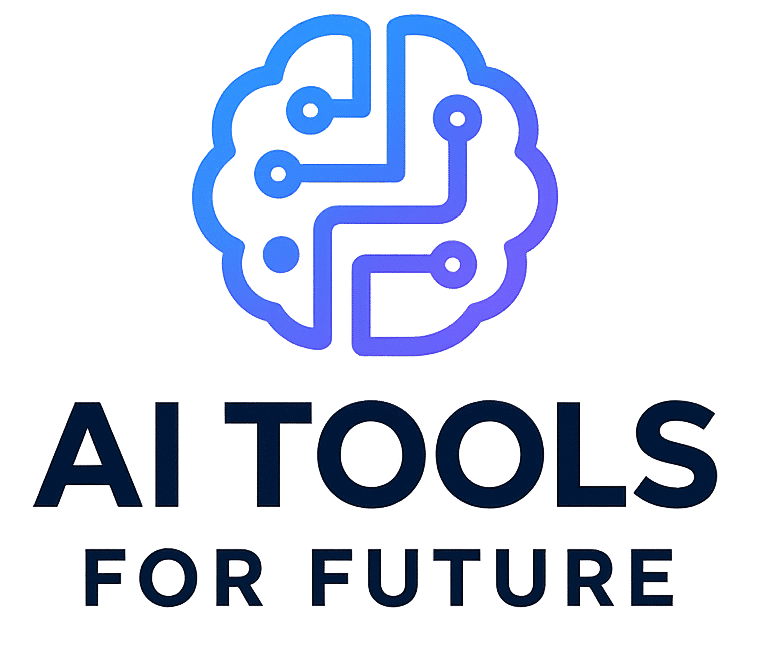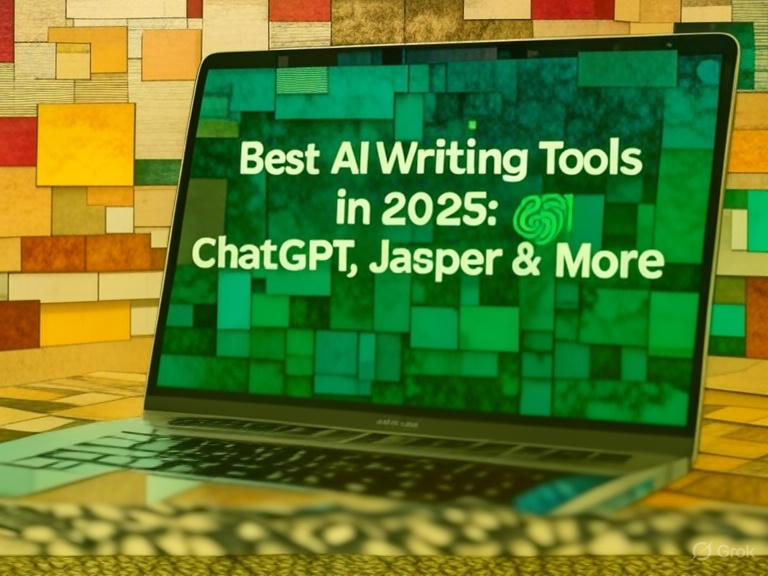Best AI Writing Tools in 2025: ChatGPT, Jasper & More
Unlock the future of content creation by exploring the best AI writing tools in 2025 designed for bloggers, marketers, and businesses looking to scale their workflows. This guide compares leading options, highlights their strengths, and provides actionable advice for boosting your writing strategy.
 and across your content for strong SEO value.
-
Combine the AI’s unique workflows with human input for fact-checking and final edits to maximise accuracy.
External Resources
Internal Links
Explore these AI writing tools in 2025 to optimise your content strategy and stay ahead in the digital landscape.
AI Tools for content creators-
Frequently Asked Questions (FAQ) About AI Writing Tools 2025
1. What are AI writing tools?
AI writing tools are software applications that use artificial intelligence, often based on large language models, to assist or automate the creation of written content. They generate human-like text by analysing massive datasets and using machine learning to understand language patterns, context, and style.
2. How do AI writing tools work?
They work by training on extensive text data to learn language structure and usage. When given a prompt, they generate relevant, coherent text that can be tailored to different writing styles, tones, and formats. Many tools also allow iterative refinement and customisation by the user.
3. What types of content can AI writing tools create?
Modern AI tools can create a wide range of content, including blog posts, marketing copy, social media captions, emails, technical documentation, creative stories, product descriptions, video scripts, and more. Some also offer specialised functionalities like SEO optimisation, paraphrasing, and tone adjustments.
4. Which AI writing tools are best for different use cases in 2025?
| Use Case | Recommended Tools |
|---|---|
| General-purpose content | ChatGPT (GPT-4o), Claude 3 |
| Marketing & long-form blogs | Jasper, Writesonic |
| SEO-optimized writing | KoalaWriter, Frase |
| Academic writing & paraphrasing | QuillBot |
| Creative fiction & storytelling | NovelAI, Sudowrite |
| Mobile & on-the-go writing | CleverType (AI keyboard) |
| Technical writing & simplification | Wordtune |
These recommendations reflect the strengths and specialisations highlighted by experts.
5. Are AI writing tools suitable for professional writers?
Yes. According to Stanford HAI research, 76% of professional writers use AI writing tools in some capacity. These tools increase content production efficiency by up to 37% for organisations and help with tasks ranging from drafting to editing and brainstorming.
6. How accurate and reliable are AI writing tools?
AI tools have become highly sophisticated but may still “hallucinate”—generate inaccurate or fabricated information. Human oversight and editing remain essential to ensure factual accuracy and appropriateness.
7. Can AI writing tools improve SEO?
Many tools integrate SEO features, such as keyword optimisation, content structuring, and competitor analysis, to help produce SEO-friendly content. Examples include Writesonic, KoalaWriter, and Frase. However, some tools like ChatGPT are less focused on SEO entity optimisation by default.
8. What are the pricing models like for AI writing tools in 2025?
Most AI writing tools offer tiered pricing, often with a free or trial version and paid plans starting around $8 to $50+ per month, depending on features and usage level. ChatGPT Plus, for example, costs $20/month for GPT-4 access. Specialised tools may have distinct pricing reflecting their niche capabilities.
9. Are AI writing tools multilingual?
Many popular tools support multiple languages, especially those targeting global marketing or academic paraphrasing (e.g., Rytr, QuillBot). However, language support and quality can vary across platforms.
10. Can AI writing tools replace human writers?
AI writing tools are powerful assistants that enhance productivity but have not replaced human creativity and nuanced judgment. They are best used for drafting, ideation, editing, and routine content to free humans for higher-level tasks



